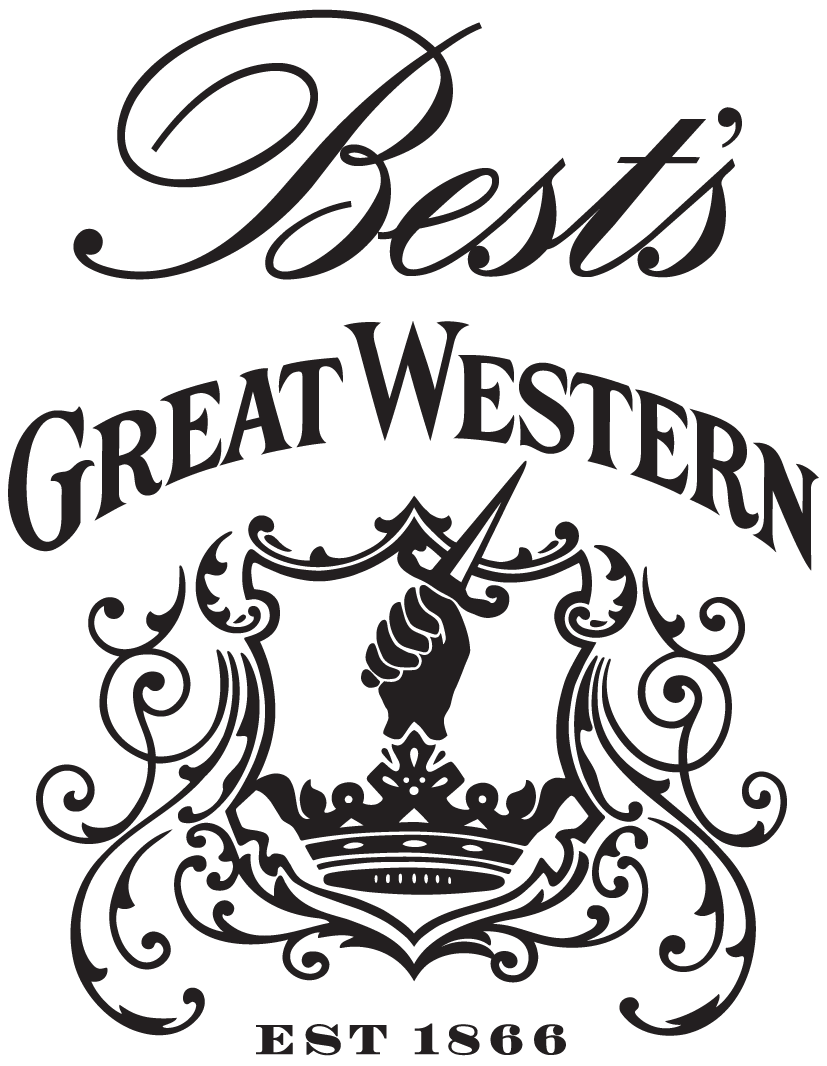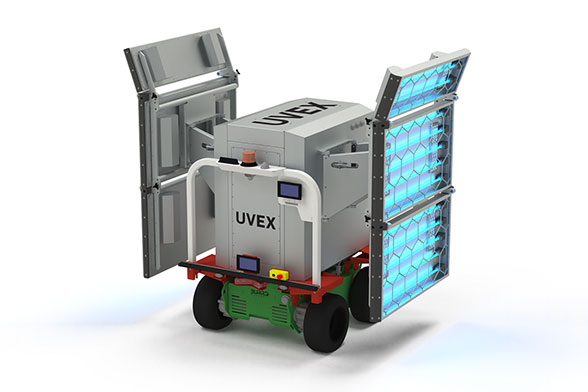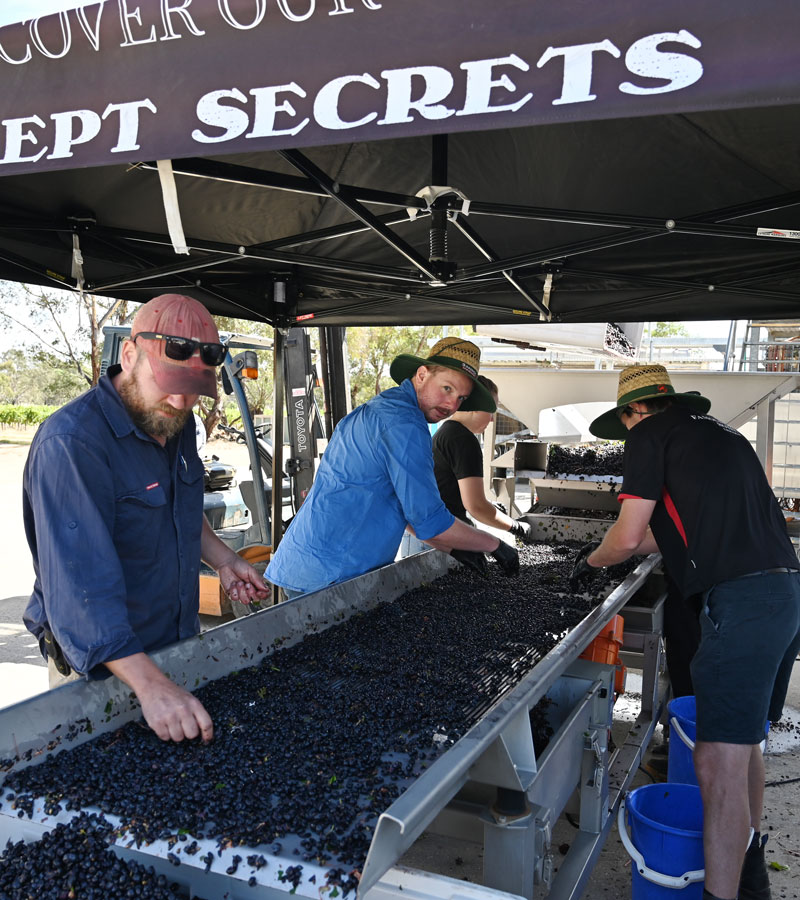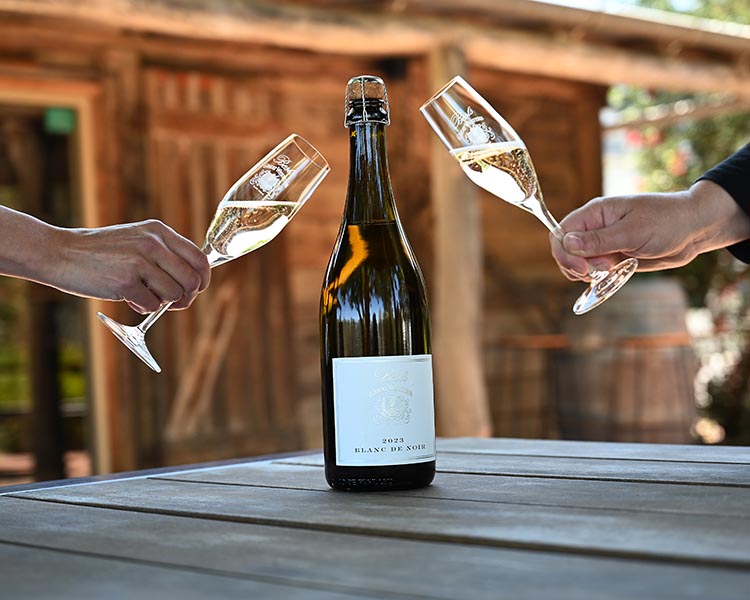Best’s high-flying fight against frost
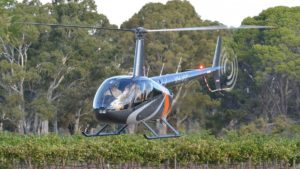
Image Source: Delicious Travel
How reaching for the skies is helping to prevent a threat to our vines on the ground.
There are some challenges in viticulture that are hard to plan for, and the devastating black frost of 4 November 2017 was one that took its toll. Despite having frost fans set up in the vineyard, the sudden onslaught of a cold burst of air that immediately settled on Best’s Concongella vineyard wiped out a large percentage of our fruit. The resulting 2018 harvest was decimated. If you’ve not heard the story, we wrote about the impact of the frost in a previous post back in early December 2017.
Dealing with the big freeze
Frosts play absolute havoc on grapevines at certain times of the year, as the buds and shoots contain water which freezes and expands, bursting their delicate cell walls and destroying them in minutes.
It’s heartbreaking to see the hard work we do to tend to our historic old vines wiped out in a single blow. Also, I know that not being able to produce a wine from a particular vintage has an impact on our customers and loyal supporters. Not being able to release our iconic wines like our Old Vine Pinot Meunier takes a toll when we know many customers look forward to the next vintage evolution of their favourite wines, and for suppliers it creates a hole in their wine list.
Since that time though, we’ve put some steps in place to try and spread the risk and ensure there’s continuity of fruit to allow us to produce Great Western wines each year. Acquiring Sugarloaf Creek vineyard in late 2018 was the most significant vineyard purchase in Best’s history, helping to diversify the sites in the region from where we can source grapes. Much of the vineyard is at a different altitude to that at Concongella, and while it’s early days yet, we could not be more thrilled with the quality of the fruit we’re seeing. In fact, we’ve just installed a solar array to help provide additional power and ensure a sustainable footprint.
Partnering with Grampians Helicopters
Another significant initiative we’ve been trialling at those key times when there’s budburst on the vines is our partnership with Grampians Helicopters. This method of helping to fight the frosts is to use the rotating propellers of the helicopter to move the warm air around the vineyards to prevent the inversion layer of cold air settling in. It may sound complicated, but, in fact, it’s a practice used in many cool-climate regions around the world.
Here’s how it works:
In August last year, we set up a lighting system in the vineyards to help gauge temperatures. They’re removed after mid-November, then placed back out again in August when the vines start coming alive for the next season. The lights are set up on posts and are connected to temperature sensors on the cordon, with the lights signalling changes in temperature. So, green lights mean the temperature is 1°C to 3°C, white lights 1°C to 0°C and red lights 0°C to –1°C. Below –1°C, flashing red lights signal the death of the vine and any problem areas.
If we anticipate frost, we call Grampians Helicopters the evening before so that the helicopter is on site ready if needed. I set an alarm on my mobile that goes off when the temperature reaches 3°C, and then head down to the vineyard to monitor the lights and temperatures. This gives me an indication of how cold it is and, if need be, I’ll put in a call to the team at Grampians Helicopters for help.
The coldest period of the night varies – and the helicopter could be called in any time between 1am and 5am, depending on the severity, temperature and so on. So Justin, the pilot, could be hovering for anything between two and five hours. This might sound costly, but it’s far more cost-effective than losing the whole harvest and not being able to produce any wine.
Justin has a temperature gauge in the helicopter that determines the height he needs to hover. He goes up to sit in the inversion layer and the rotating propeller moves the warm air down. Temperatures up in the inversion layer can be around 7°C to 9°C, while on the ground it is 5°C. The frost fans also help the process, once the warmer air has been pushed down below them.
While he’s in the air, Justin moves around the vineyard, seeking out the red lights, then hovers around that area until they change. This disperses the air and, whilst the air is still cold, because it’s not sitting in one spot, the damage is minimised. You can see the impact yourself from this photo posted by Grampians Helicopters on Instagram – the green rows are where the helicopter has hovered above, while the white strip is grass covered in frost where it hasn’t flown over.
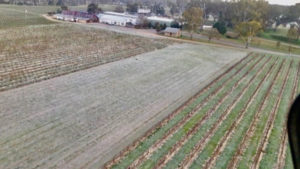
Winning the war on frost
It’s been a great local partnership. So far this year, we’ve had the helicopter working three times at our historic Concongella vineyard next to the winery, and once at Sugarloaf Creek, where about 10 hectares are also prone to frost. We’re not fully in the clear as yet, but we’re proud to report a successful trial to date!
